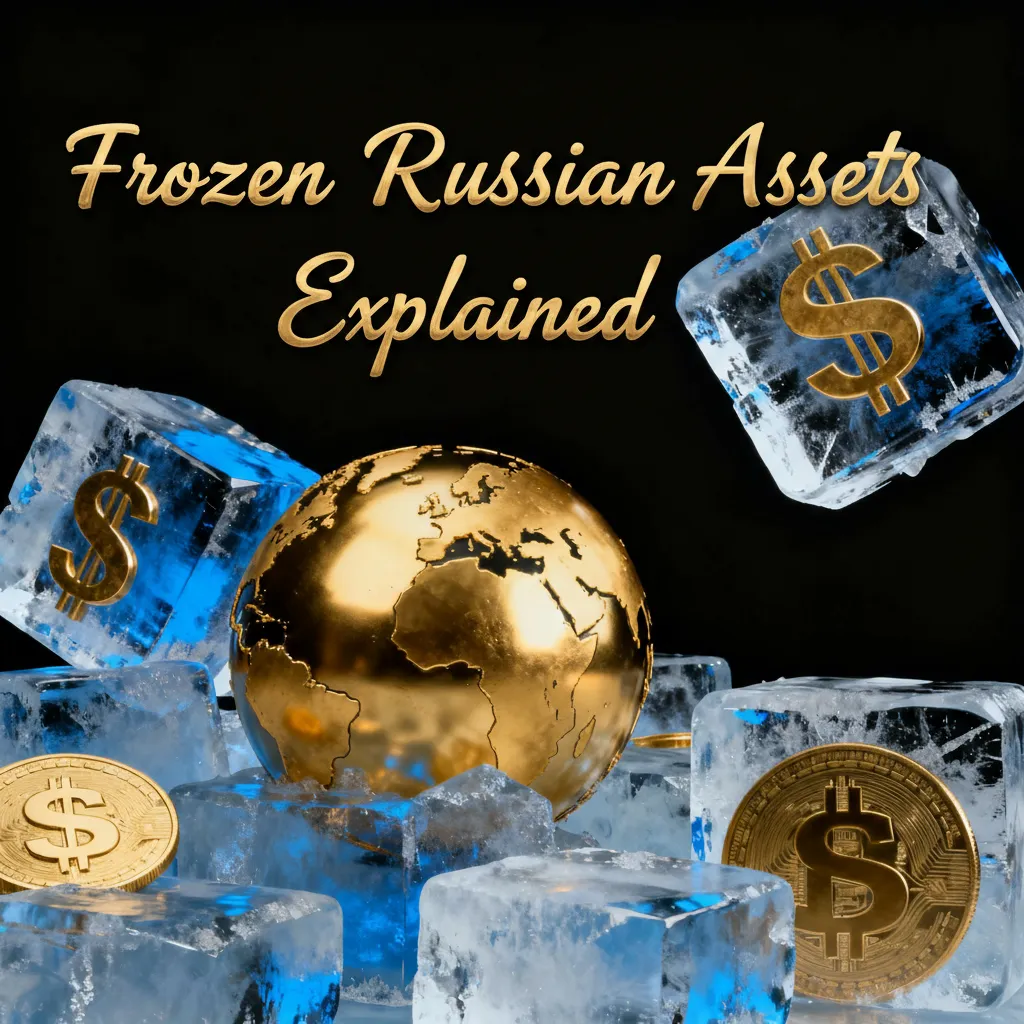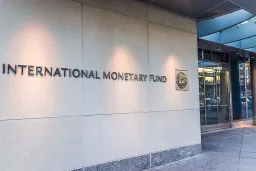Global Financial Shift 2025: How U.S. Freezing of Russian Forex Reserves Accelerates De-Dollarization and Spurs Gold Demand

The U.S. freeze of Russia’s $300 billion forex reserves marked a turning point in global finance, triggering a wave of trust issues with Western banking systems and driving central banks—especially in emerging markets—toward gold as a safer reserve asset compared to the U.S. dollar.
Background
After Russia invaded Ukraine in 2022, the U.S. and its allies froze about $300 billion of Russian foreign reserves. The primary goal was to cut off Russia’s ability to fund its war efforts and limit its support for the ruble by making these funds inaccessible.
Impact on Russia
Russia lost major monetary control, unable to access almost half of its reserves which were held in Western banks and securities. The Russian Central Bank has since shifted reserve holdings toward gold, the Chinese yuan, and non-Western banks, accelerating its push for de-dollarization and increasing ruble/yuan trade.
Global Effects
The freeze shattered trust in Western banking systems, prompting countries to reevaluate the security of their reserves held in U.S. dollars or euros. Many have started diversifying toward gold and other non-dollar assets, while BRICS nations actively promote alternative payment systems and reserve currencies to reduce dollar dependence.
Legal & Ethical Debate
This action raised questions about sovereign immunity, the fairness and legality of sanctions, and the precedent such asset freezes set in global finance. Some see it as a critical warning; others as destabilizing, potentially undermining the privileged status of the U.S. dollar.
Long-Term Outlook
The most significant lasting effect is the rise of parallel financial systems—more nations are building alternative mechanisms for reserve management, and slowly shifting away from dollar dominance. This shift is fragmenting global finance and giving a boost to assets like gold, which offer insulation against sanctions risk and currency instability.
Recent Developments and Relevance
As of October 2025, China's gold reserves have risen to 2,303.52 tonnes ($283 billion), reflecting record monthly purchases and a long-term pivot away from dollars.
Central banks’ total gold buying reached over 1,000 tonnes per year since 2022—accelerated by concerns over Western asset freezes and new EU proposals to seize Russian assets to fund Ukraine.
The U.S. approach to Russia’s assets has influenced attitudes in global south nations and Afghanistan, fostering suspicion and reducing trust in the U.S. dollar’s safety for sovereign reserves.
Countries like India, China, Brazil, and Turkey increased gold in their reserves, citing safe-haven needs, dollar exposure risks, and push toward de-dollarization.
Afghanistan Parallel
Similar U.S. actions in Afghanistan—where reserves were also frozen—have further undermined dollar trust globally, pushing more countries to seek immunity from geopolitical sanctions by holding gold and non-Western currencies.
Also Read: Bhutan’s National ID System Powered by Ethereum Blockchain
The U.S. freeze of Russian (and earlier, Afghan) reserves has already induced a major rebalancing in global foreign exchange management and may permanently erode dollar dominance as countries continue their migration toward gold as a strategic safeguard









